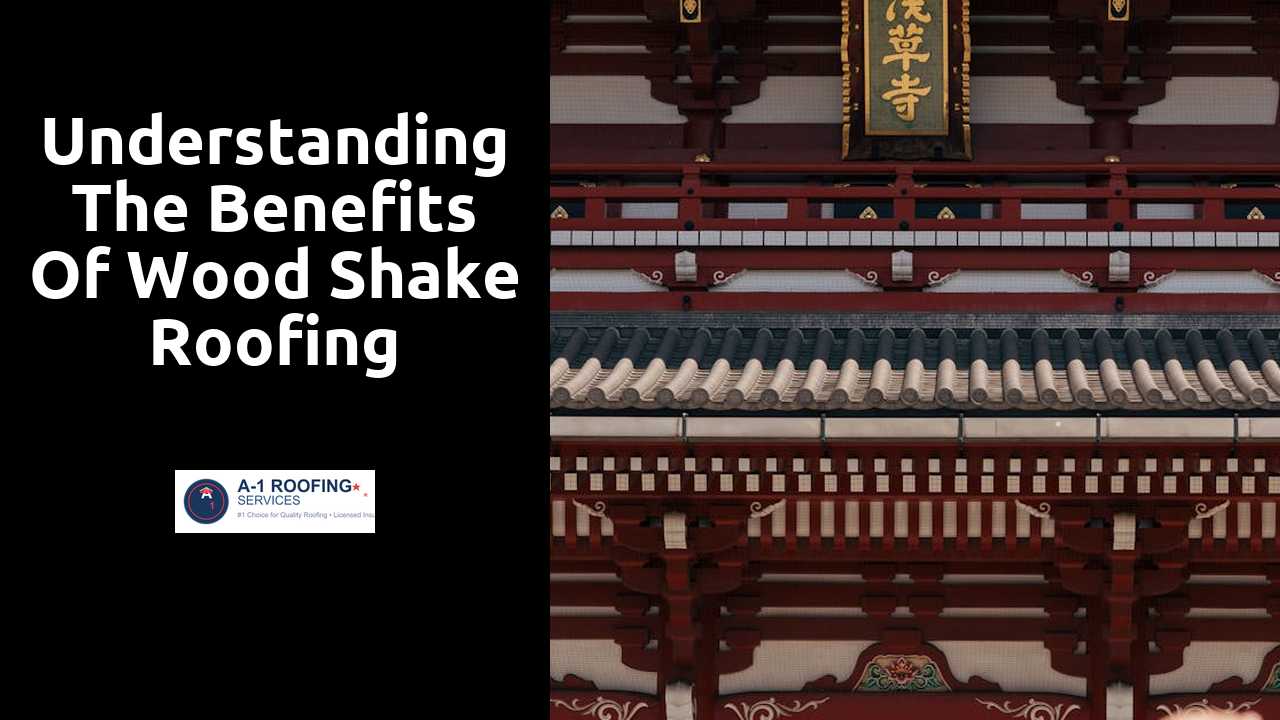
Understanding the Benefits of Wood Shake Roofing
Table Of Contents
Fire Resistance
Wood shake roofs are often praised for their aesthetic appeal, but they also provide a degree of fire resistance when properly treated. The natural oils found in wood can act as a defense against flames, although untreated shakes may ignite more easily than other roofing materials. With advances in treatment technology, manufacturers now offer fire-retardant options that significantly enhance the fire-resistant properties of wood shakes, making them safer for residential use.
Choosing a fire-treated wood shake can give homeowners peace of mind, particularly in areas prone to wildfires or extreme heat. Regular inspections and maintenance can support these fire-resistant qualities, ensuring that any potential degradation or damage is promptly addressed. Homeowners should also be cautious about surrounding vegetation, as overhanging trees and dry foliage can pose additional fire risks, even with a treated roof.
Discover more here.
Treatment Options for Fire Safety
Fire safety is a critical consideration for homeowners choosing wood shake roofing. Various treatment options are available to enhance the fire resistance of shakes. Pressure-treated wood shakes are often infused with fire-retardant chemicals, which can significantly improve their ability to withstand flames. This process helps protect the wood from igniting easily while also limiting the spread of flames in the event of a fire. Additionally, many manufacturers offer shakes specifically designed for fire resistance, providing an added layer of safety for those who prioritize fire protection.
In addition to the treatment during manufacturing, regular maintenance plays a crucial role in preserving fire resistance. Homeowners should ensure that the roof remains free of debris, such as leaves and branches, which can be potential fuel for fires. Periodic inspections can identify any areas needing repair or treatment. Applying a fire-retardant coating every few years can also reinforce the protective measures in place. By combining appropriate treatments with diligent upkeep, homeowners can optimize the fire safety of their wood shake roofing.
Maintenance Requirements
Proper maintenance is essential for extending the lifespan of wood shake roofing. Regular inspections should be conducted at least once a year to identify any signs of damage, such as loose or missing shakes. Additionally, cleaning the roof periodically helps prevent the accumulation of debris, moss, and algae, which can lead to rot and deterioration of the wood. It’s important to remove debris from the valleys and gutters to ensure water flows freely and to prevent blockages.
Addressing minor repairs promptly can save homeowners from costlier issues in the long run. Applying wood preservative treatments every few years can enhance the durability of the shakes and help resist rot and insect infestations. Maintaining adequate ventilation in the attic space also plays a crucial role in preventing moisture buildup, which can compromise the roofing material. Taking these steps will help ensure that the wood shake roof remains in good condition for many years.
Care Tips for Longevity of Wood Shake Roofing
Regular inspections are essential for preserving the lifespan of wood shake roofing. Homeowners should check for signs of damage, such as broken shakes, moss growth, or leaks. Addressing these issues promptly can prevent more significant problems down the line. Ensuring proper ventilation in the attic helps reduce moisture buildup, which is harmful to wood shakes.
Cleaning the roof periodically can also contribute to its durability. Removing debris like leaves and twigs prevents water accumulation, which can lead to rot. Additionally, applying a protective treatment helps maintain the wood's integrity against UV rays and weathering. Choosing a high-quality sealant or preservative specifically designed for wood can enhance resistance to water damage and extend the roof’s functional life.
Cost Factors
When considering wood shake roofing, several cost factors come into play. The initial investment tends to be higher than more conventional roofing materials like asphalt shingles. Costs may vary significantly based on the type of wood selected, the quality of craftsmanship, and local labor rates. Installation is another expense to factor in, as skilled labor is required to ensure proper alignment and durability.
Long-term costs should also be evaluated when assessing wood shake roofing. Although the upfront cost may be greater, wood shakes can offer a decent lifespan with proper maintenance. Homeowners may save on repair costs if the roof is well cared for. Additionally, energy efficiency and environmental benefits can translate into lower utility bills, making wood shake roofing a potentially smart financial choice over time.
Understanding the Investment in Wood Shake
Investing in wood shake roofing can present significant benefits that extend beyond traditional roofing options. Although the upfront cost might be higher, homeowners often find that the increased curb appeal and natural aesthetic add considerable value to their properties. Enhanced insulation properties can lead to lower energy bills, balancing out the initial investment over time. Additionally, wood shakes can last many decades when properly maintained, making them a long-term asset rather than a short-term expenditure.
Potential buyers often appreciate the unique character and timelessness of wood shakes, which can enhance marketability. While insurance costs and maintenance may be higher compared to other roofing materials, many homeowners regard these expenses as worthwhile for the charm and warmth wood shake brings to their homes. Understanding these nuances provides a clearer picture of the overall financial commitment involved in choosing wood shake roofing.
Related Links
How to Choose Quality Wood Shakes for Your RoofLifespan Expectations for Wood Shake Roofing